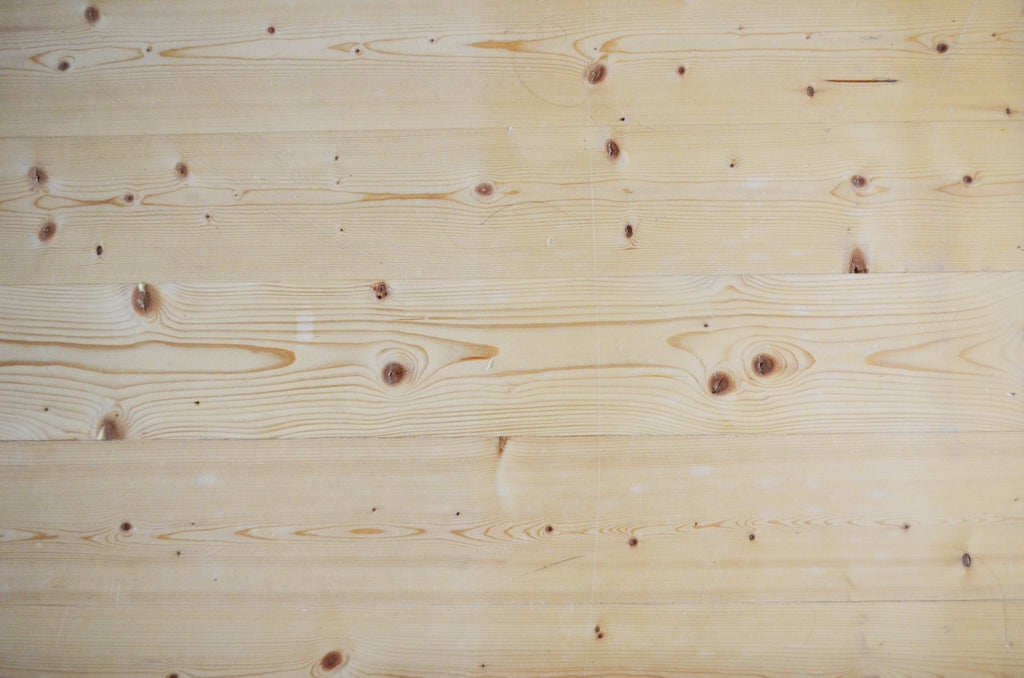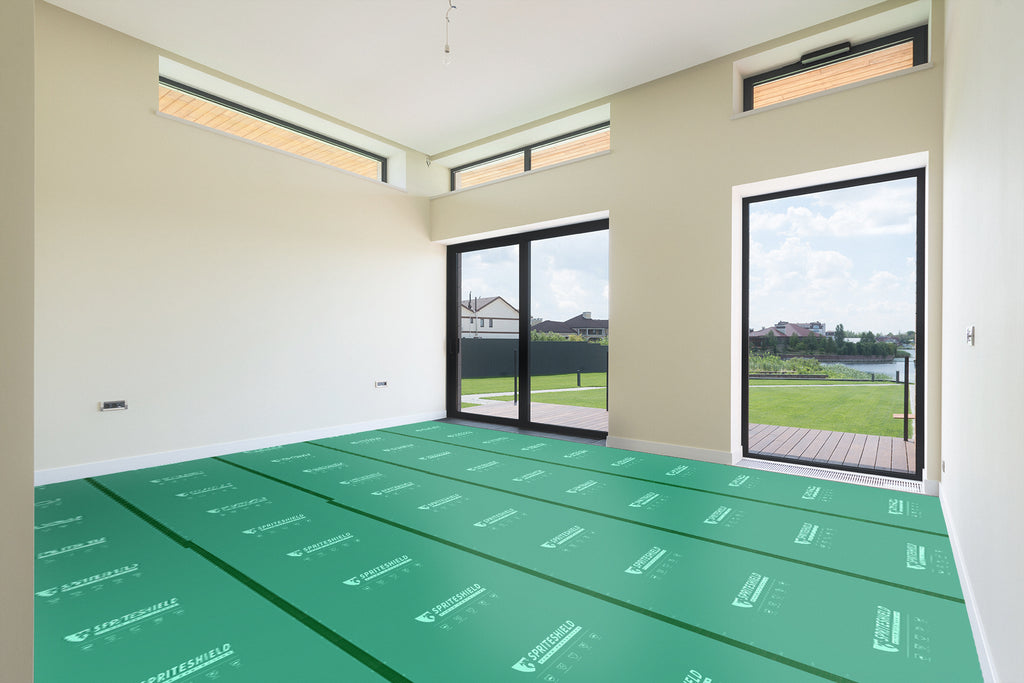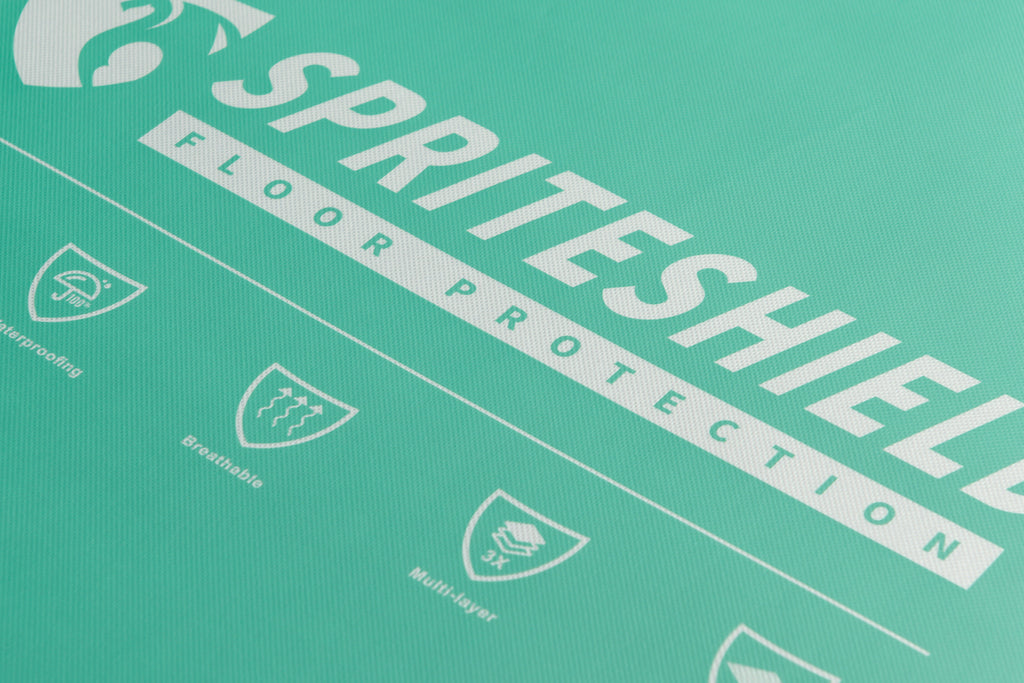Choosing new floors involves more than just style and color. You'll also want options designed to withstand years of wear and tear. This article explains the major rating systems for carpets, tiles, hardwood, vinyl, and laminate flooring. It also discusses how ratings change over time and tips to maximize flooring lifespan through proper care.
Quick Look:
| Flooring Type | Durability Rating | Suitable Traffic | Expected Lifespan (Residential) | Expected Lifespan (Commercial) |
|---|---|---|---|---|
| Carpet | AC Rating |
|
5-10 years | 4-6 years |
| Tile and Stone | PEI Rating |
|
10-15 years | 5-8 years |
| Hardwood | Janka Rating |
|
20-30 years | 8-15 years |
| Vinyl and Laminate | Wear Layer Thickness |
|
10-15 years | Shorter lifespan in commercial settings |
Understanding Floor Durability Ratings
When shopping for new floors, you'll encounter a variety of durability and performance ratings. These ratings evaluate abrasion resistance, susceptibility to stains, indentation potential, and more through rigorous laboratory testing. Ratings make it easier to compare products and match flooring to the appropriate traffic level and usage intensity for residential or commercial settings. Lower ratings often suffice for homeowners, while heavy commercial spaces require top-tier, highly durable floors. With normal use, these ratings decrease gradually over time. Proper maintenance and cleaning preserves longevity and delays the need for replacement.
Key Durability Ratings for Major Flooring Types
Carpets
Carpet fibers receive an AC rating from 1 to 5, indicating resistance to matting and crushing from foot traffic over time. Higher AC ratings mean the carpet is more durable and resilient.
- AC 1 is suitable for very low-traffic areas like formal living rooms.
- AC 2 works well for light residential spaces with minimal wear.
- AC 3 handles high-traffic residential areas such as stairs, halls, and family rooms.
- AC 4 excels under heavy residential use, like active kids' rooms.
- AC 5 endures extremely heavy commercial foot traffic found in hotels or convention centers.
The fiber type, density, pile height, and manufacturing quality all contribute to higher AC ratings and improved abrasion resistance. With consistent vacuuming and prompt cleaning of spills, a high-quality residential carpet retains its AC rating for 5-10 years before showing significant visible wear. Commercial carpets decline faster, needing replacement after just 4-6 years of heavy abuse.
Tile and Stone
Porcelain, ceramic, and natural stone tiles receive a PEI rating from 1 to 5, indicating abrasion resistance and durability.
- PEI 1 tiles are suitable for purely decorative use, like light-use bathroom accents.
- PEI 2 is appropriate for residential bathrooms and laundry rooms with mostly light foot traffic.
- PEI 3 handles heavy residential kitchens, dining rooms, halls, and other high-traffic areas.
- PEI 4 works well in commercial settings with constant walking, such as retail shops.
- PEI 5 excels under extra heavy commercial traffic found in airports, malls, or restaurants.
Denser tiles made from higher-quality materials better resist scratches, abrasions, and staining. With routine sweeping and mopping using the proper cleaners, tile can maintain its PEI rating for 10-15 years in a residential setting before replacement is needed. Commercial tile shows wear much quicker, needing replacement after 5-8 years on average.
Hardwood
The Janka test measures the force needed to press a steel ball into a piece of wood halfway, indicating hardness and dent resistance. Hardwood floors with higher Janka ratings are more scratch and indentation-resistant.
- Most common domestic hardwood species range from 800-1500 on the Janka scale.
- Exotics like Brazilian walnut, African mahogany, and Brazilian tigerwood exceed 2000 due to dense grain.
- Ultra-hard options like Brazilian cherry and jarrah rate over 2700.
With proper refinishing as needed and climate control to maintain ideal humidity indoors, a hardwood floor can retain its original Janka rating for 20-30 years in residential settings before requiring replacement. Heavy commercial sites require hardwood replacement much sooner, around 8-15 years.

Vinyl and Laminate
For the vinyl plank, luxury vinyl tile, and laminate flooring, the thickness of the top wear layer greatly impacts durability and lifespan.
- Residential vinyl flooring typically has wear layers ranging from 12 to 20 mil (thousandths of an inch) thick.
- Commercial settings demand thicker wear layers of 20 mils and above to withstand constant abrasions.
- Laminate flooring also needs thicker wear layers starting at 20 mil-plus for durability.
- Aluminum oxide percentages in the wear layer boost scratch resistance as well.
With proper cleaning and avoiding excessive moisture, vinyl and laminate floors maintain their durability ratings for an average of 10-15 years in residential settings before replacement. Commercial uses shorten this lifespan significantly.
To access more info: What to Put on Floors to Protect during Construction?
How Durabilty of Floor Declines Over Time
It's important to understand that all durability ratings refer to brand-new flooring in perfect condition. Over time, even with proper care, flooring durability decreases due to:
- Normal Foot Traffic: Day-to-day foot traffic in high-traffic areas causes gradual wearing of carpet fibers, dulling of hardwood finishes, and scratching of vinyl top layers.
- Pets: Constant pawing and claws of dogs and cats accelerate the wearing of carpets. Furniture shifting from pet activity also abrades floors.
- Sunlight: Direct sunlight fades and discolors flooring over time, especially carpets, hardwoods, and laminates.
- Water Exposure: Moisture from spills or flooding damages flooring adhesion and causes warping or discoloration of wood and laminates.
- Improper Cleaning: Using excess water, wrong chemicals, or abrasive tools wears away protective finishes.
- Furniture Legs: Dragging furniture or unprotected legs scratch and indent flooring.
- Renovations: Construction debris, tools, and heavy equipment cause scratches and dents. Paints and chemicals can also stain. Click for more: Surface Protection during Renovations: 2023 Complete Guide!
- Parties & Events: A high volume of foot traffic from gatherings rapidly accelerates wear.
Most residential flooring loses around one rating level over 5-10 years with typical family use and pets. With heavy traffic or concentrated wear in certain areas, ratings fall faster. Protect floors appropriately for their type and location to maximize durability.
Tips for Protecting Your Flooring Investment
Simple proactive maintenance can significantly prolong the lifespan of your flooring. Extra precautions are needed during renovations.
For carpets:
- Vacuum high-traffic areas frequently, at least twice weekly
- Professionally deep clean carpets annually
- Immediately blot spills and spots with a damp cloth
- Rotate area rugs to evenly distribute wear
- Cover with reinforced paper or plastic sheets during construction
- Use walk-off mats and barrier mats at entrances
For hardwood:
- Refinish floors as needed to restore luster
- Install humidity controls to maintain optimal indoor air
- Use felt pads under furniture legs to prevent scratches
- Sweep and mop regularly using approved hardwood cleaners
- Avoid chemical spills, which can permanently stain wood
- Cover high-traffic areas with rosin paper and plywood
Read to get more tips: Protect Hardwood Floors: 9 Easy Maintenance Tips in 2022.
For tile and grout:
- Seal grout lines annually to prevent stains and damage
- Use walk-off mats at entrances to minimize grit and dirt
- Clean spills immediately to avoid discoloration of grout
- Sweep and mop floors weekly using suitable tile cleaners
- Use drop cloths when painting and repairing nearby walls
- Cover tile with reinforced covering during construction
For vinyl and laminate:
- Use manufacturer's approved cleaners only to avoid dulling top layers
- Place foam cushions under furniture legs to prevent indentations
- Immediately wipe up spills and standing moisture
- Sweep and damp mop floors weekly to remove abrasive dirt
- Cover high-traffic lanes with plywood or heavy rosin paper
During renovations and construction projects, it's crucial to properly protect flooring surfaces from damage. Spriteshield offers an excellent temporary floor covering solution. Their innovative three-layer laminated material is flatter and firmer than standard products. It's 100% waterproof yet breathable, with anti-slip and wear-resistant properties.
For reliable floor safety during your next renovation, look no further than Spriteshield's high-quality temporary floor covering products. They are a smart investment to keep your floors looking pristine despite construction activity.
Conclusion
Durability ratings offer invaluable insight when shopping for new flooring. Consider traffic patterns, your care commitment level, and your desired lifespan when factoring ratings into purchase decisions. With the right flooring durability rating for your needs and proper routine maintenance, you'll enjoy floors that maintain their like-new condition and withstand busy households for decades rather than needing replacement every few years.


Leave a comment
All comments are moderated before being published.
This site is protected by hCaptcha and the hCaptcha Privacy Policy and Terms of Service apply.